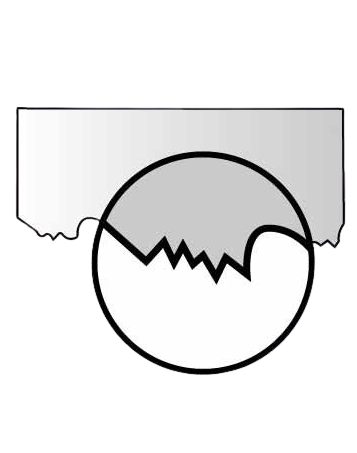
- Hardness Mismatch:
- Issue: Cutting material that is significantly harder than the blade’s teeth.
- Effect: The teeth can’t effectively cut the material and are forced to break off.
- Solution: Select a blade with teeth that are appropriate for the hardness of the material you’re cutting. For very hard materials, you’ll need a blade with hardened teeth.
- Excessive Feed Rate:
- Issue: Forcing the blade through the material too quickly.
- Effect: The teeth are overloaded, causing them to chip or shear off. This is especially common when starting a cut.
- Solution: Reduce the feed rate, especially at the beginning of the cut. Let the blade do the work. Use a lighter touch and allow the teeth to engage properly.
- Work Hardening:
- Issue: Some materials, like stainless steel, can “work harden” when being cut. This means the surface being cut becomes harder, making it more difficult for the blade to penetrate.
- Effect: The hardened surface increases the stress on the teeth, leading to stripping.
- Solution: Use a slower cutting speed, appropriate coolant, and a blade designed for cutting hard materials. Avoid dwelling in one spot, which can exacerbate work hardening.
- Blade Speed Too High:
- Issue: Using a blade speed that’s too fast for the material.
- Effect: Generates excessive heat, which can soften the teeth and make them more prone to stripping.
- Solution: Consult a speed chart for your bandsaw and the material you are cutting. Reduce the blade speed to the recommended setting.
- Incorrect Tooth Pitch:
- Issue: Using a blade with the wrong tooth pitch (TPI – Teeth Per Inch) for the material thickness.
- Effect: If the pitch is too coarse (too few teeth), each tooth takes too large of a bite, which can cause it to strip. If it’s too fine (too many teeth), the gullets can clog, leading to increased friction and heat.
- Solution: Select a blade with the correct TPI for the thickness of the material. A general rule is to have at least 3 teeth in the material at all times. For thicker materials, use a coarser pitch.
- Dull Blade:
- Issue: Using a dull blade requires more force to cut, putting extra stress on the teeth.
- Effect: This increased stress can lead to the teeth breaking off.
- Solution: Replace the blade when it becomes dull. Trying to force a dull blade will only lead to more problems.
- Improper Coolant/Lubrication:
- Issue: Insufficient or incorrect coolant/lubricant.
- Effect: Lack of lubrication increases friction and heat, which can weaken the teeth.
- Solution: Use the appropriate coolant/lubricant for the material you’re cutting and ensure adequate flow.
- Blade Misalignment/Machine Issues:
- Issue: If the bandsaw is not properly aligned or has mechanical problems (e.g., worn bearings), it can cause excessive vibration and stress on the blade.
- Effect: This can lead to premature tooth wear and stripping.
- Solution: Regularly inspect and maintain your bandsaw. Ensure the blade is properly aligned and that all mechanical components are in good working order.
- Blade Quality:
- Issue: A low-quality blade may have teeth that are not properly hardened or are made from inferior materials.
- Effect: These teeth are more prone to stripping.
- Solution: Invest in high-quality blades from reputable manufacturers.
By addressing these potential causes, you can significantly reduce the likelihood of tooth stripping and extend the life of your bandsaw blades.